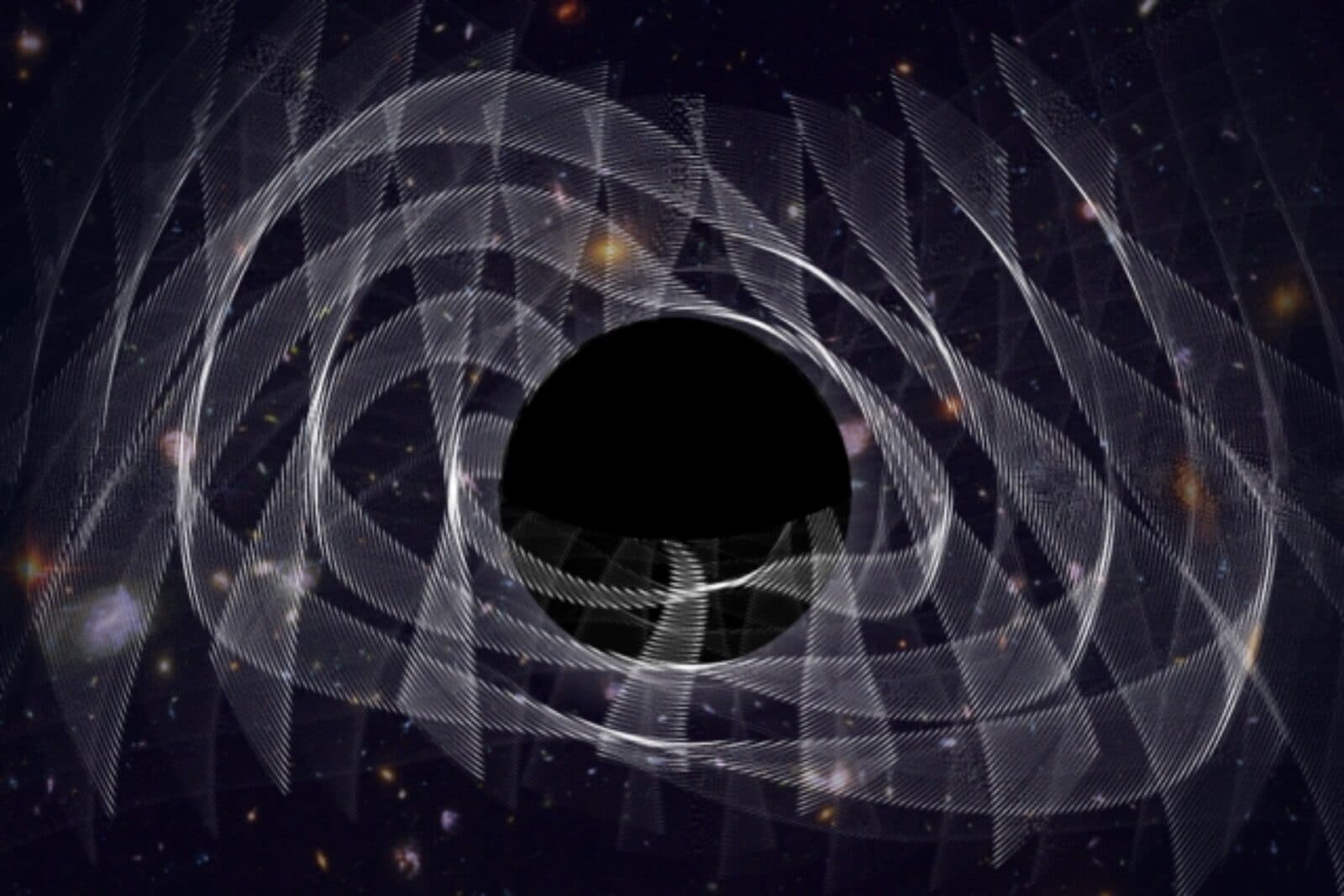An Astonishing Legacy Grows
by Adam Hadhazy
Close examinations of astrophysical phenomena are continuing to support an age-old, yet never-bested theory

The Author
Quick, name a scientist. Odds are, you first came up with Albert Einstein. More than sixty years after his death, his renown and influence remain staggering. More than a century has passed since he first proposed his theory of general relativity. Despite subsequent revolutions across many other sciences—hand-in-hand with stunning technological advances—general relativity has only grown more and more entrenched as the prevailing theory of gravitation in physics. Simply stated, it describes space and time as intertwined entities that are warped by the presence of mass; a popular way to visualize this relationship is as a bowling ball forming a depression on a mattress, with the depression's curvature manifesting as gravity. Extending the concept to extreme masses and interactions with light yields a bevy of startling predictions for the behavior of objects in our cosmos. This past month, Kavli Institute-affiliated researchers announced and received recognition for making further forays into testing these predictions for objects ranging from a city-sized, ultra-dense pulsar, to black holes with tens to even billions of times of the mass of the Sun. It's not too much of a spoiler to say that Einstein—yet again—has come up aces. It just goes to show how so much of what we know about the universe and how its constituents influence each other comes directly from Einstein's calculations, even after all this time. Another month, another roaring success for one of the most heralded scientists in the history of humanity.
Kejia Lee of the Kavli Institute for Astronomy and Astrophysics (KIAA) at Peking University is a coauthor of a study that performed a stringent new test of general relativity, monitoring changes in the radio pulses from a tiny, spinning, stellar remnant, called a pulsar. The pulsar is part of a binary system with a second pulsar. The torqueing effects on each through gravity generate the changes over time, all in complete accord with Einsteinian physics.
The team behind the Event Horizon Telescope (EHT), a globe-spanning multi-telescope effort that captured the first-ever image of a black hole, has been awarded the 2020 Breakthrough Prize in Fundamental Physics. Researchers from the Kavli Institute for Cosmological Physics (KICP) at the University of Chicago and the Kavli Institute for Astrophysics and Space Research (MKI) at the Massachusetts Institute of Technology are among the awardees. Notably, the already-famous image matched exactly with predictions of Einstein's general relativity.
The "ringing" of a newborn black hole, carried by gravitational waves captured by the LIGO detector, can be used to predict the object' properties of mass and spin, according to a study led by MKI's Maximiliano Isi. The finding agrees with Einstein and supports the so-called no-hair theorem, which says all other properties (amusingly termed "hair") are swallowed up by the powerful object.

The dark matter radio is a tabletop device that could explain the mysterious matter that makes up 85 percent of the mass of our universe. (Image credit: Harrison Truong)
Researchers at the Kavli Institute for Particle Astrophysics and Cosmology (KIPAC) are developing the world's most sensitive radio, intended to search for the infinitesimal signals of hypothetical dark matter particles dubbed axions. Dark matter is thought to make up 85% of the universe's matter but any constituents of it have so far been undetected.
Although the first supermassive black holes thoroughly gorged themselves on matter, spewing out winds of radiation in the process, the winds were not energetic enough to prevent the first generations of stars from forming, according to a new study. The research, led by Kavli Institute for Cosmology, Cambridge members, offers further insight into just how the early universe took shape.